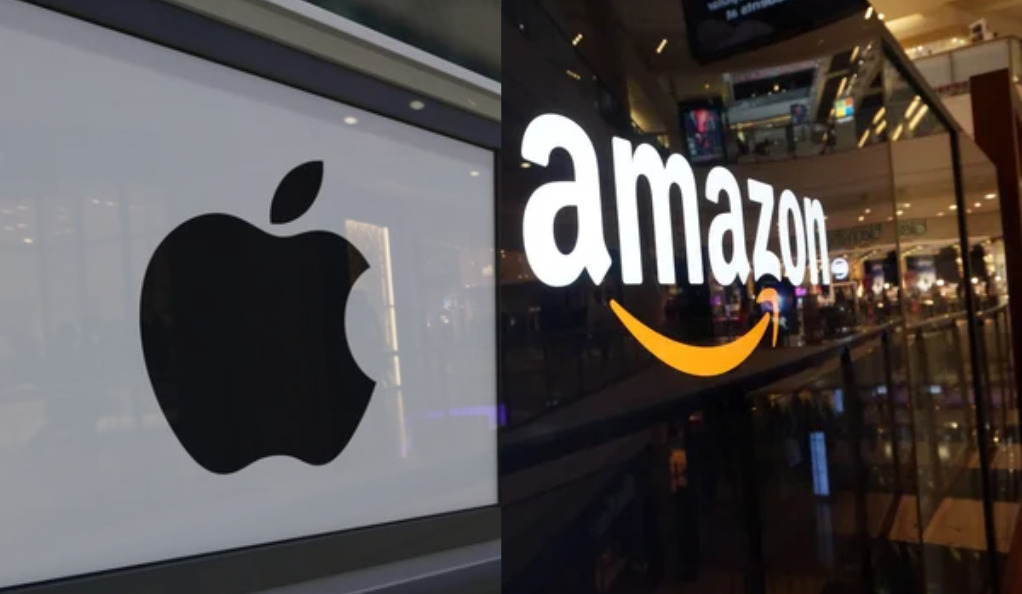In the world of technology and e-commerce, Amazon and Apple are two giants, ever in competition with one another. However, they each have their strengths and seasons. While Apple often sees a seasonal dip in sales following the introduction of new iPhone models, Amazon continues to thrive. This article delves into the growth of Amazon amidst Apple’s seasonal performance dip and how the e-commerce giant capitalizes on Apple’s performance slump.
Amazon Sees Growth Despite Apple’s Seasonal Dip
Amazon’s business model is vastly different from Apple’s. The Seattle-based company has developed a diversified portfolio that includes e-commerce, cloud computing, digital streaming, and artificial intelligence. This diversification strategy has allowed Amazon to continue its growth despite Apple’s seasonal performance dip. While Apple relies heavily on the sales of its flagship product, the iPhone, Amazon’s revenue comes from a broad range of sources. This diversification has proven successful, especially during periods when Apple’s sales are weak.
Moreover, Amazon’s Prime Day, which typically occurs in the summer, is a significant sales event that contributes to its continual growth. The event features numerous discounts on a range of products, attracting millions of customers worldwide. In contrast, Apple’s product releases, especially those of the iPhone, typically occur in the fall. After the initial sales surge, there is usually a significant drop, leading to a seasonal dip in Apple’s sales. During this period, Amazon continues to see steady sales, bolstered by its diversified product range and regular sales events.
How Amazon Capitalizes on Apple’s Performance Slump

Amazon capitalizes on Apple’s performance slump in a number of ways. Firstly, it leverages its position as a leading e-commerce platform to sell Apple products. During periods when Apple’s sales are in decline, Amazon often offers promotions and deals on Apple products, enticing customers to make purchases. This strategy allows Amazon to maintain steady sales levels while benefiting from the popularity of Apple’s brand.
Secondly, Amazon uses the opportunity presented by Apple’s seasonal dips to push its own products. For example, during Apple’s slow periods, Amazon often promotes its Echo devices and Fire tablets. These products directly compete with Apple’s Siri and iPad, respectively. By ramping up the promotion of these products when Apple’s sales are weak, Amazon is able to grab a larger share of the market.
Finally, Amazon capitalizes on Apple’s performance slump by bolstering its cloud services. With Apple’s hardware sales in decline during seasonal dips, Amazon focuses on promoting its cloud services, particularly Amazon Web Services (AWS). This strategy not only diversifies its revenue streams but also positions Amazon as a leading player in the rapidly growing cloud computing market.
In conclusion, Amazon has successfully navigated the tech market’s ebbs and flows, leveraging Apple’s seasonal performance dips to its advantage. Through diversification, strategic sales events, and capitalizing on Apple’s performance slumps, Amazon continues to thrive. As the technology landscape continues to evolve, it will be interesting to see how these two giants adapt and strategize to maintain their market positions.
At DailyTrendingStocks, we are dedicated to providing impartial and dependable information on topics such as cryptocurrency, finance, trading, and stocks. It's important to note that we do not have the capacity to provide financial advice, and we strongly encourage users to engage in their own thorough research.
Read More
